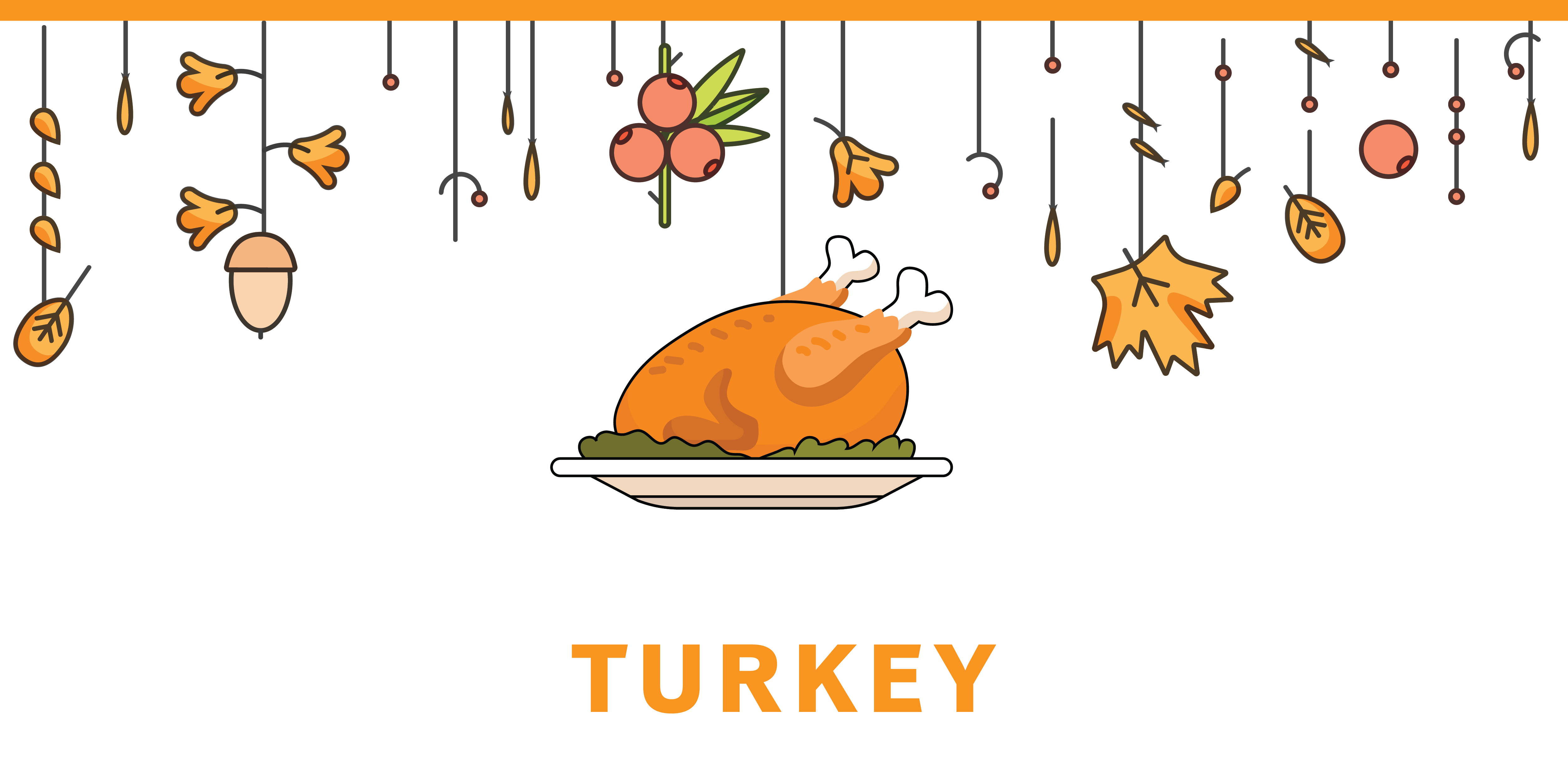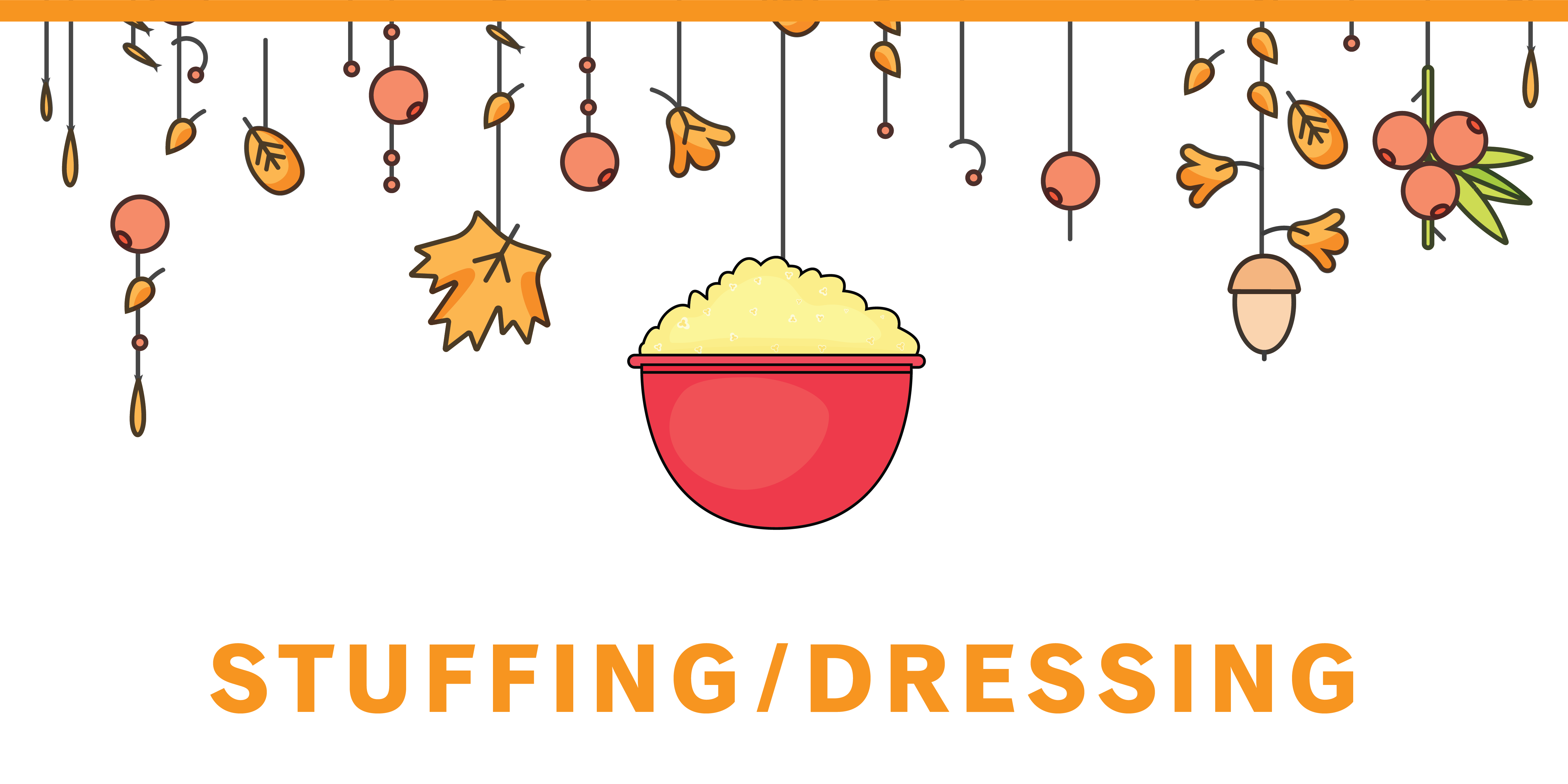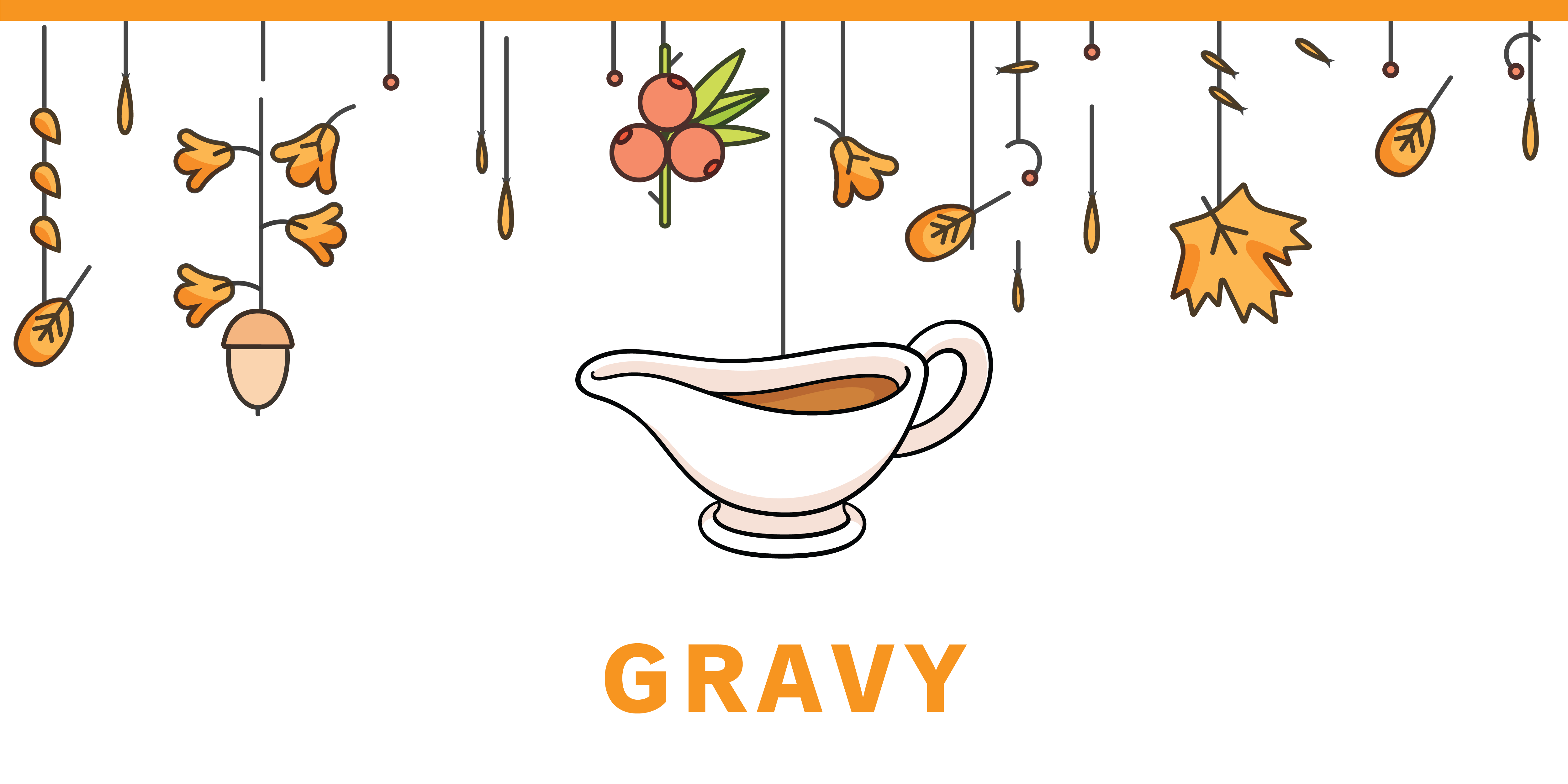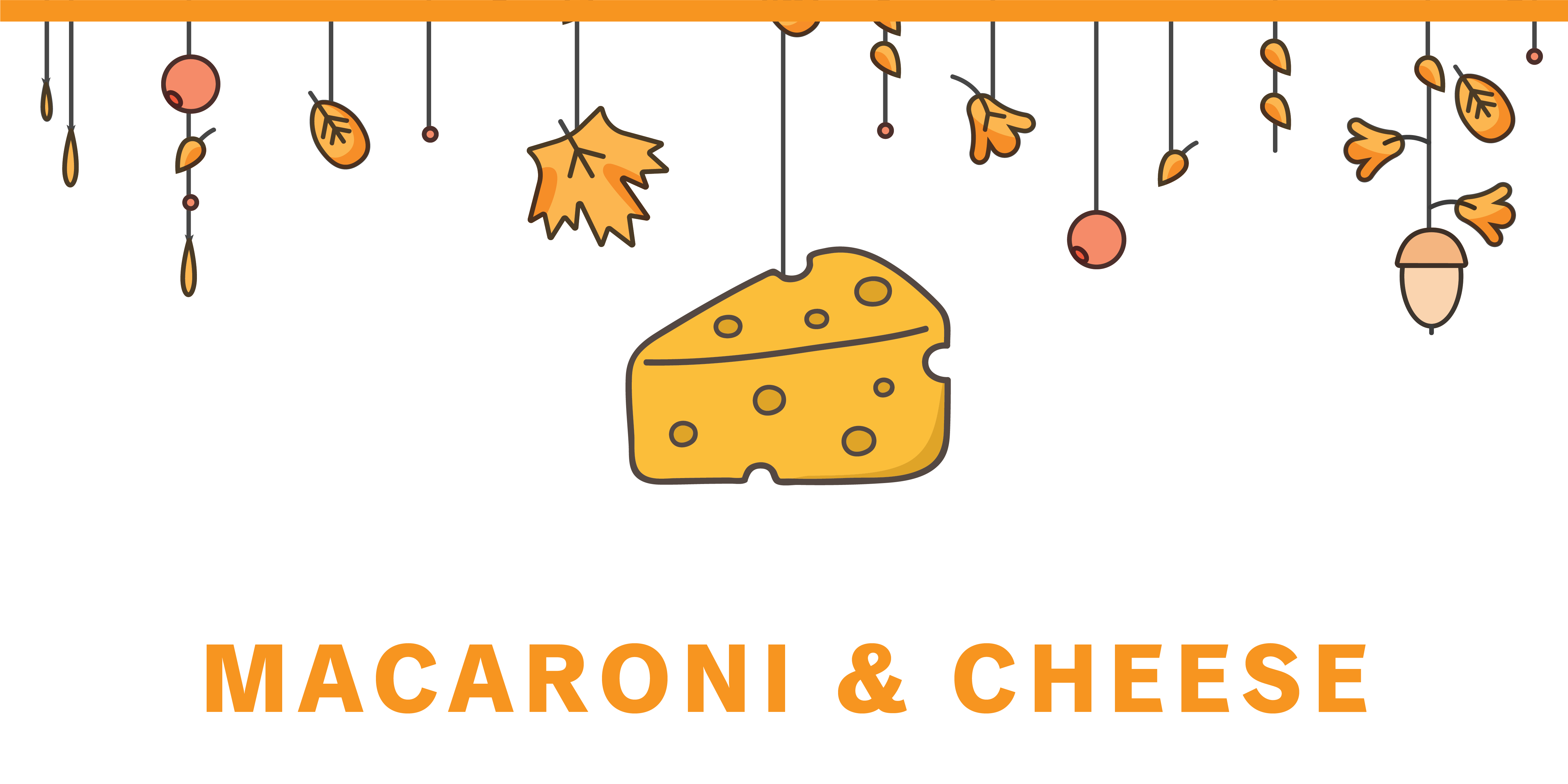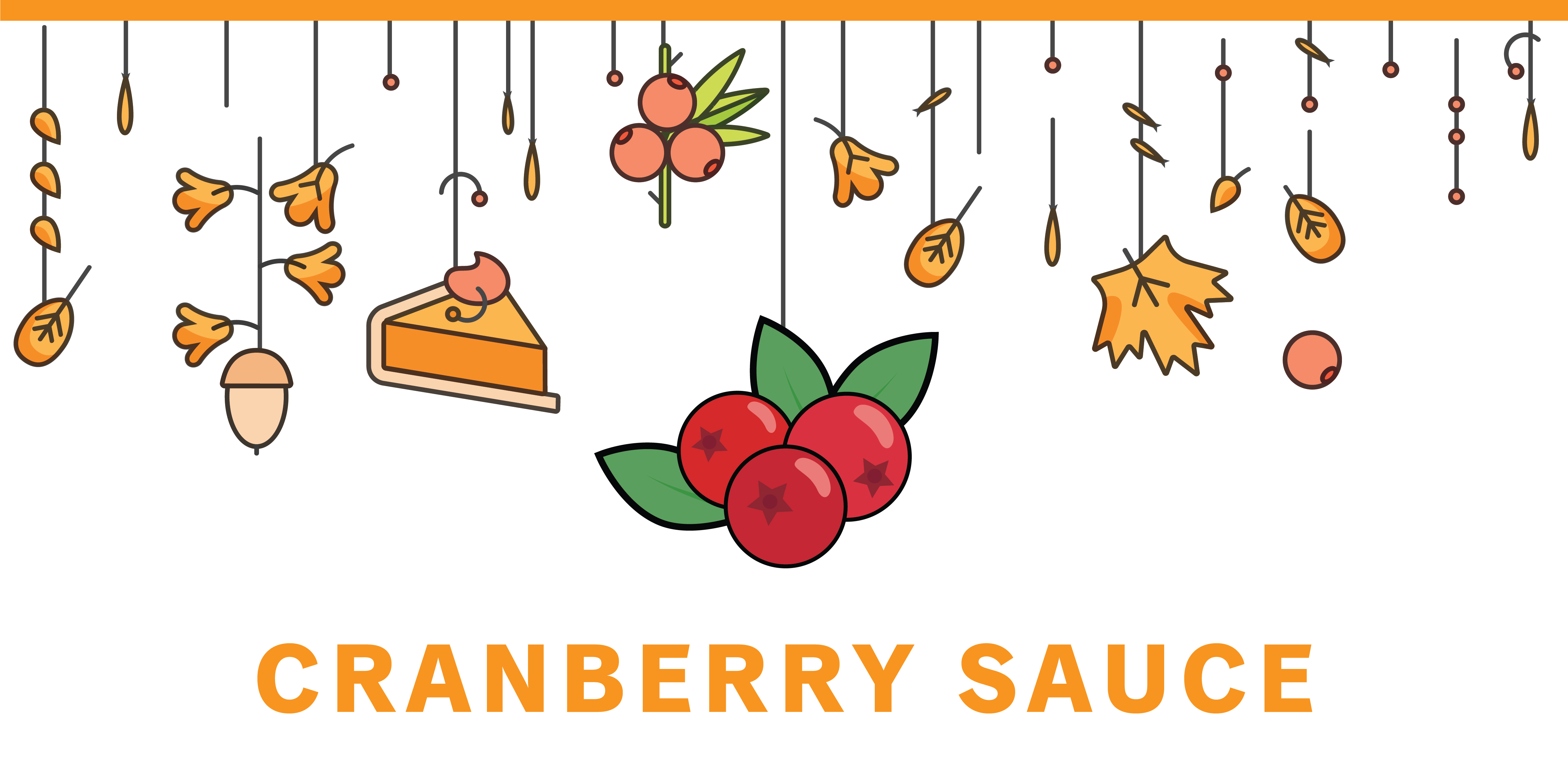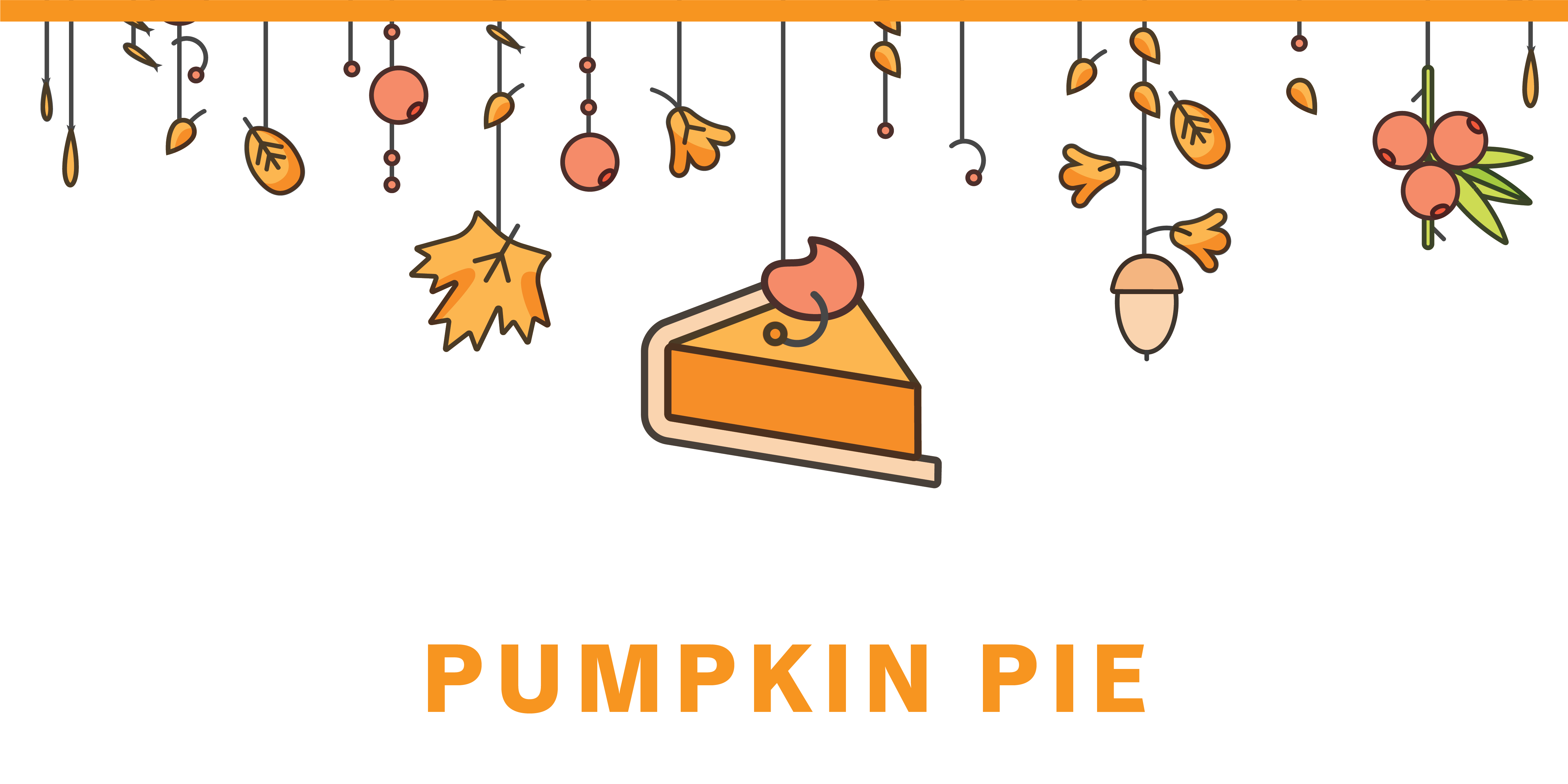The day of football, turkey, and thanks is almost upon us! We don’t know about you, but we’re already salivating for our favorite comfort foods. But how did our Thanksgiving food staples come to be? Who started the mashed potato gravy train? Why is pumpkin served as a pie? Surely they didn’t have macaroni and cheese at the first Thanksgiving? We decided to find out why we set our tables today with these delicious traditions.
The modern centerpiece of a classic Thanksgiving feast, turkey became popular around the time Abraham Lincoln declared Thanksgiving an official holiday in 1863. While the Pilgrims did bring “fowl” to the first Thanksgiving, historians believe it was either goose or duck, rather than turkey. Author Sarah Josepha Hale may have had some part in making turkey a staple by describing it in delectable detail in her 1827 novel Northwood.
Whether you’re Team Stuffing or Team Dressing, the origin of this dish comes from the same place. Early Americans would cook their fowl (including the turkey) by roasting it on a spit over an open flame — this made cooking sides hard, so the solution was to put the sides inside the turkey! This practice meant two dishes could be cooked at once, with the added benefit of the stuffing soaking up the bird’s juices. It also helped soften stale bread, since at the time bread would turn hard after just a day of sitting out.
What would stuffing and mashed potatoes be without gravy? Traced back to medieval times and possibly even earlier, gravy began as a way to use every part of the animal (hello, farm to table) by roasting meat on a spit and collecting the juices in a pan. These juices were salted or tossed with herbs and served with the meal. A roux, a flour and fat mixture that thickens the juices, entered the scene around the Victorian Era, which expanded the uses of gravy and provided the current sauce that goes with many of your favorite Thanksgiving dishes.
The first recorded recipe for macaroni and cheese was written in 1769, but it’s likely the dish was made in northern Europe before that. Thomas Jefferson is credited with bringing everyone’s favorite post-school snack over to the United States after he tried it in France, loved it, and imported the necessary ingredients to cook it at Monticello (his Virginia plantation).
Fun fact: did you know Monticello is depicted on the backside of US nickels?
One thing is for sure: if you serve mac and cheese at your Thanksgiving meal, you probably have a tradition behind it. Who makes the dish and what ingredients are used might be hot topics of discussion, but it’s safe to say that macaroni and cheese is a comfort food we can all agree on.
Whether you prefer it out of a can or the homemade deal, cranberry sauce is probably making an appearance on your Thanksgiving table. Native Americans used cranberries in their diet, so it’s likely they were served at the first Thanksgiving. However, the sweetened sauce didn’t begin to show up until the 17th or 18th century. By this time, a form of cranberry sauce was served as an accompaniment to meat — so where there was meat, there were cranberries!
And, of course, we finish off the feast with dessert! So, how did a vegetable make its way onto our dessert plate? While Pilgrims didn’t have the means to make crust, they did have access to pumpkins (a symbol of the harvest) and gourds. It’s possible they hollowed these out, filled them with milk and honey, and roasted them over the fire for an early American dessert. Actual pumpkin pie may have ties back to Sarah Josepha Hale and her elaborate Thanksgiving descriptions.
This Thanksgiving, you’ll have some anecdotes to share with friends and family while noshing down on your favorite comfort foods. Enjoy the day, the company, and of course, the food — and if you want to visit Plymouth Plantation, where the first Thanksgiving was held, check out our Boston: Colonial History tour!


